Yugoslavia year 1990 Art – Frescoes from Monasteries MNH
Frescoes from monasteries are an important part of art history, particularly in the context of religious and cultural heritage. Frescoes are paintings created directly onto wet plaster, a technique that has been used for centuries to adorn the walls and ceilings of churches, monasteries, and other religious buildings.
These frescoes often depict religious narratives, scenes from the Bible, saints, angels, and other religious figures. They serve not only as artistic expressions but also as tools for religious instruction and contemplation. Frescoes from monasteries are significant not only for their artistic merit but also for their role in preserving and transmitting religious and cultural traditions through visual storytelling.
Some famous examples of frescoes from monasteries include:
- Frescoes of the Sistine Chapel (Vatican City): Painted by renowned artists such as Michelangelo, Botticelli, and Perugino, the frescoes of the Sistine Chapel depict scenes from the Old and New Testaments, including the iconic “Creation of Adam” and “The Last Judgment.”
- Frescoes of the Rila Monastery (Bulgaria): The Rila Monastery is famous for its intricate frescoes depicting religious themes, as well as portraits of saints, martyrs, and biblical scenes.
- Frescoes of the Monastery of St. John the Theologian (Greece): Located on the island of Patmos, this monastery is adorned with beautiful frescoes dating back to the 12th century, depicting scenes from the life of Christ and the Virgin Mary.
- Frescoes of the Monastery of Decani (Kosovo): This Serbian Orthodox monastery is renowned for its stunning frescoes, which include depictions of the life of Christ, as well as portraits of saints and angels.

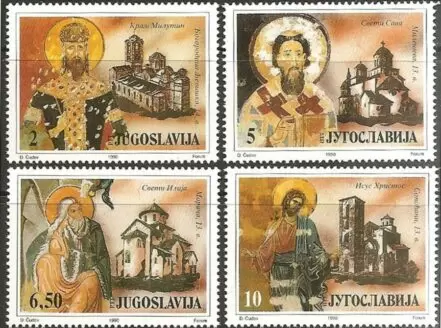
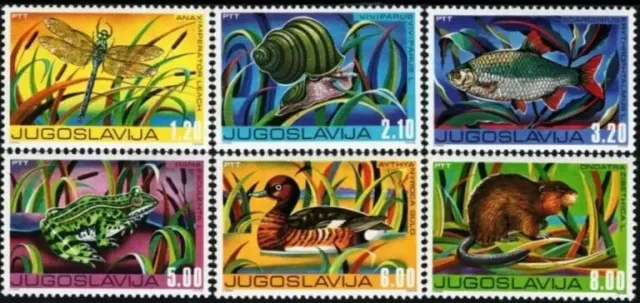
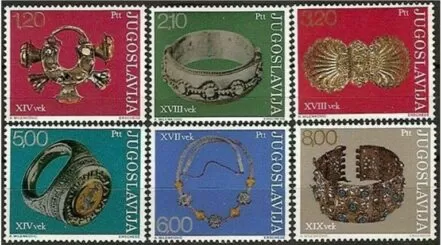
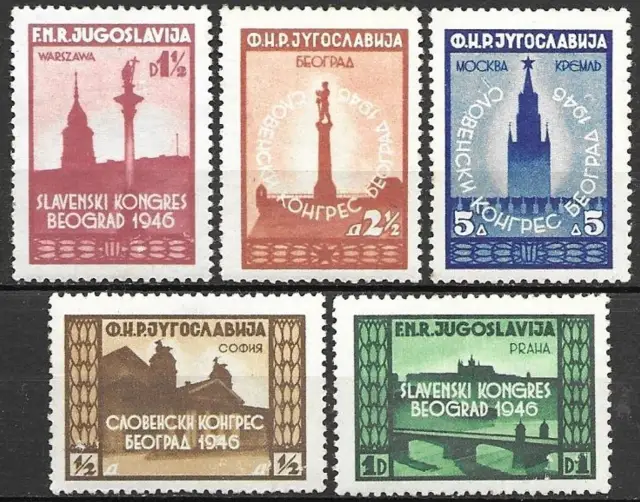

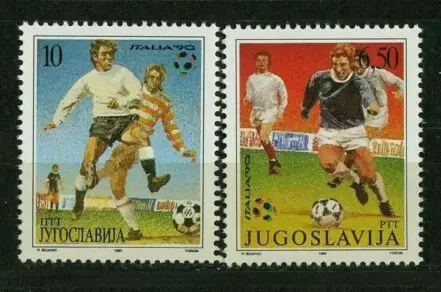
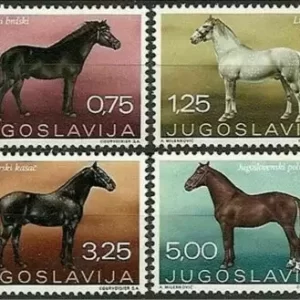
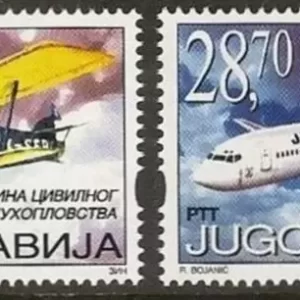
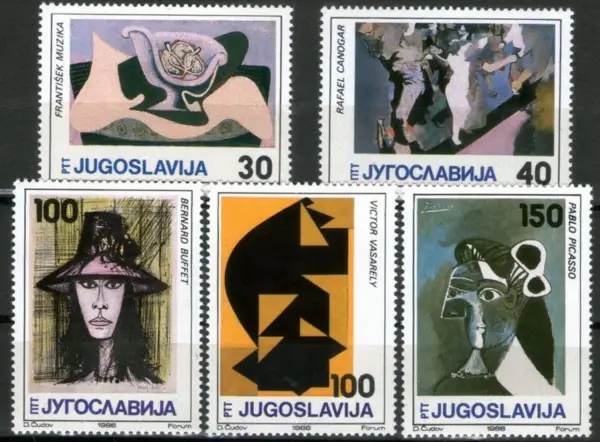
Reviews
There are no reviews yet.